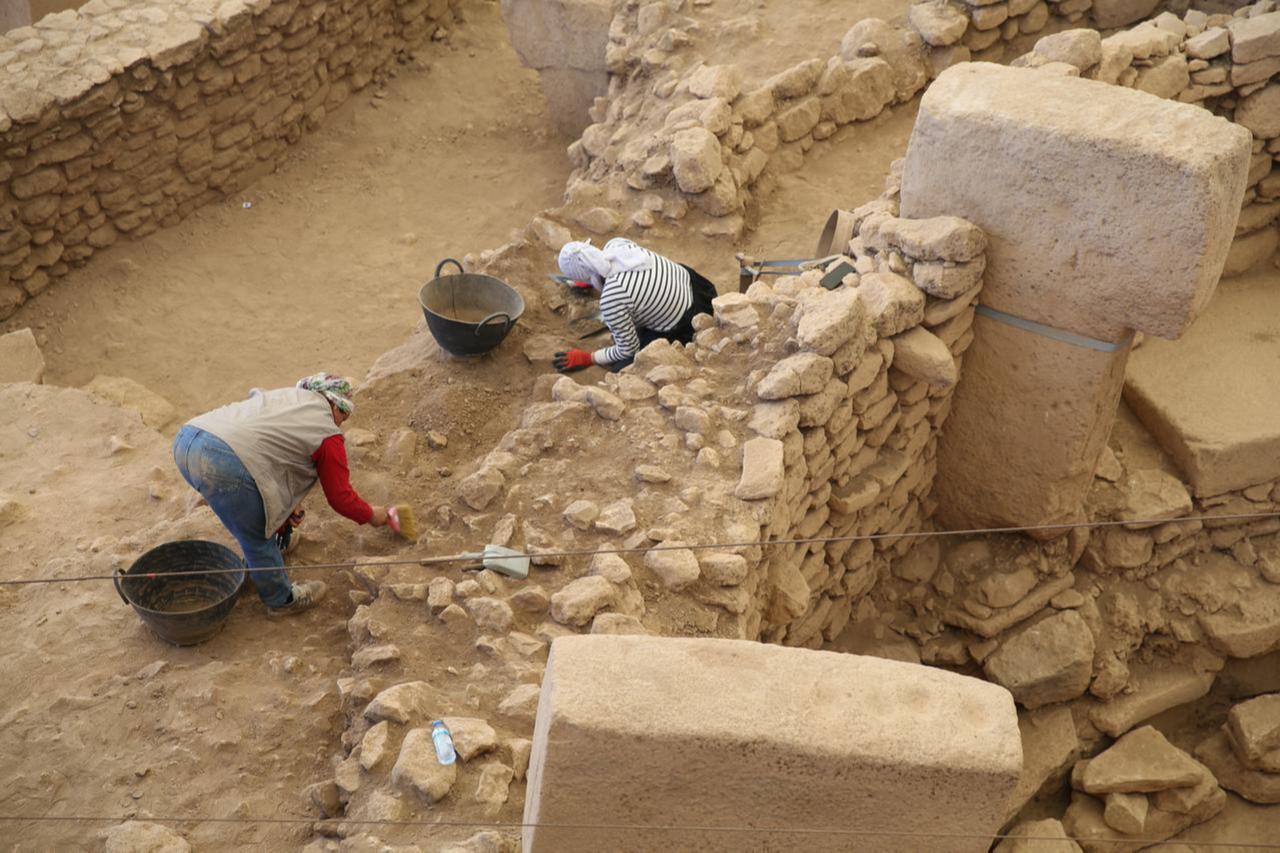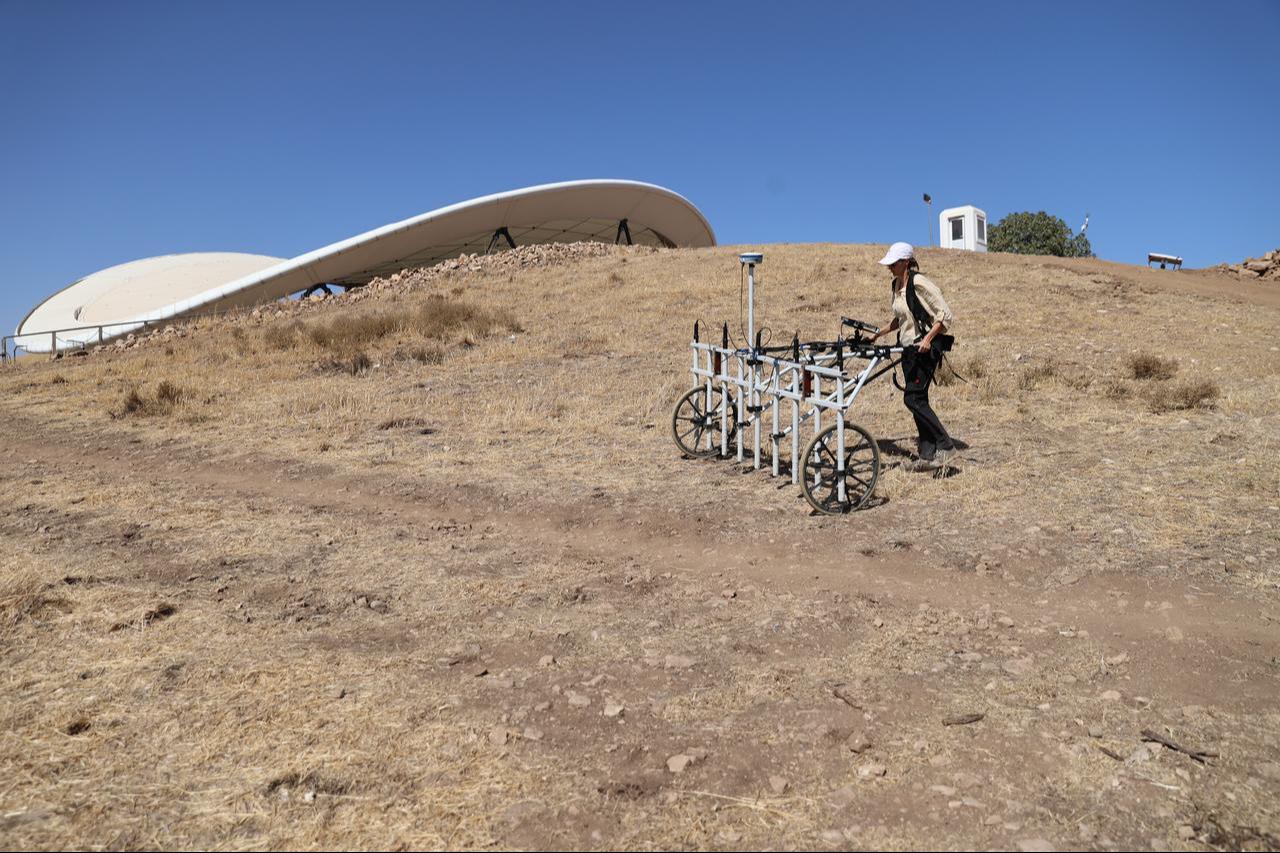
Gobeklitepe, located near Sanliurfa in southeastern Türkiye and included in the UNESCO World Heritage List, has been at the center of archaeological research for three decades.
Often referred to as the “zero point of history,” the site attracts thousands of visitors each year who hope to witness one of the earliest known ritual and communal architectural complexes in human history.
Discovered during surface surveys in the 1960s and brought to international attention after a local farmer uncovered a carved stone in 1986, Gobeklitepe became the subject of systematic excavations beginning in 1995 under the coordination of Türkiye’s Ministry of Culture and Tourism.
The work was initially led by the German Archaeological Institute and Sanliurfa Museum, with archaeologist Klaus Schmidt playing a key role.
Over the years, excavations have uncovered T-shaped limestone pillars standing between 3 and 6 meters tall and weighing up to 60 tons. Many of the stones bear highly stylized reliefs of wild animals, suggesting symbolic meaning and shared cultural practices.
Researchers also documented large circular and rectangular structures interpreted as early communal or ritual spaces dating back roughly 12,000 years, making them among the oldest known monumental constructions in the world.

Gobeklitepe entered the UNESCO World Heritage Tentative List in 2011 and was officially inscribed in 2018. The site’s visibility grew further in 2019, when it was designated “The Year of Gobeklitepe” in Türkiye. Visitor numbers have continued to rise, especially during public holidays, when daily attendance can exceed 10,000 people.
Gobeklitepe excavation director Professor Dr. Necmi Karul emphasized that the site remains central to understanding early communal behavior and social organization. He noted that Gobeklitepe stands out as a particularly “elite” center of prehistoric activity where monumental architecture appears earlier than many archaeologists previously expected.
Karul explained that the work involves interpreting not only the visible architecture but also the environments, subsistence patterns, and technologies that shaped everyday life. “Gobeklitepe presents many firsts in terms of large communal and monumental structures. What we are doing is not only uncovering these remains but also working to understand how prehistoric communities lived, how they organized themselves, and how they interacted across regions,” he stated.

He added that the team also prioritizes sharing archaeological findings with broader audiences, noting that the “Tas Tepeler” (Stone Mounds) Project aims to strengthen public access to cultural heritage across the wider region.
Mahmut Yildiz, whose family land contained some of the earliest finds in the area, expressed pride in contributing to a heritage recognized globally. He remarked that ongoing discoveries continue to enrich the site and reinforce its significance.